Monthly Updates on Recent Books in the History of Christianity
To raise awareness of recent books in the history of Christianity, the editorial staff of Church History: Studies in Christianity and Culture highlights each month a list of 10-15 books in diverse periods and geographical regions that we hope will be of interest to our members. We include here below the 51st monthly list, chosen by our staff, with excerpts from the publishers’ blurbs.
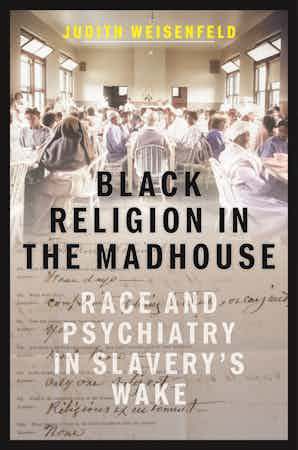
Judith Weisenfeld. Black Religion in the Madhouse: Race and Psychiatry in Slavery’s Wake. 2025
In the decades after the end of slavery, African Americans were committed to southern state mental hospitals at higher rates as white psychiatrists listed “religious excitement” among the most frequent causes of insanity for Black patients. At the same time, American popular culture and political discourse framed African American modes of spiritual power as fetishism and superstition, cast embodied worship as excessive or fanatical, and labeled new religious movements “cults,” unworthy of respect.
As Judith Weisenfeld argues in Black Religion in the Madhouse, psychiatrists’ notions of race and religion became inextricably intertwined in the decades after the end of slavery and into the twentieth century, and had profound impacts on the diagnosis, care, and treatment of Black patients. This book charts how racialized medical understandings of mental normalcy pathologized a range of Black religious beliefs, spiritual sensibilities, practices, and social organizations and framed them as manifestations of innate racial traits. Importantly, these characterizations were marshaled to help to limit the possibilities for Black self-determination, with white psychiatrists’ theories about African American religion and mental health being used to promote claims of Black people’s unfitness for freedom.
Drawing on extensive archival research, Black Religion in the Madhouse is the first book to expose how racist views of Black religion in slavery’s wake shaped the rise of psychiatry as an established and powerful profession.
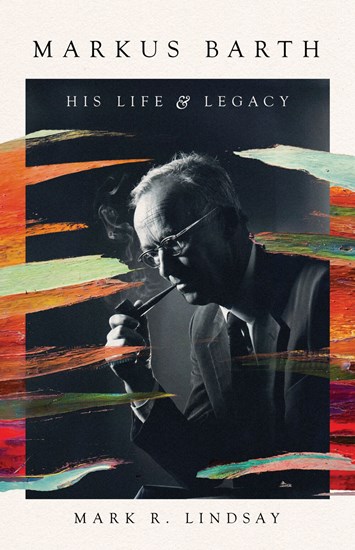
Mark R. Lindsay. Markus Barth: His Life and Legacy. 2024
"Certainly, in all my work my dependence upon my father will be visible, and, so I hope, a testimony to his life's work will be given. But on the whole, I have never attempted simply to represent or promote his work, but rather within the narrow frame of my competence in exegetical matters, to contribute to it." —Markus Barth, 1985
Though he has long been undervalued and remained in the shadow of his famous father, Markus Barth was a significant, groundbreaking thinker in his own right. He was a pastor, New Testament scholar, and theologian working in both Switzerland (Basel) and the United States (Dubuque, Chicago, and Pittsburgh), whose life intertwined with major developments in theology and modern history.
In this book, theologian Mark Lindsay provides the first biography of Markus Barth (1915–1994), eldest son of Karl Barth. Drawing from a hitherto unparalleled access to the extensive collection of Markus Barth's private letters and papers, including those in the Special Collections at Princeton Theological Seminary, Lindsay puts Barth's story and thought into historical context. He explores multiple aspects of Barth's life, including family and early years, pastoral work, scholarship, and enduring legacy. Lindsay identifies three main areas of Barth's contributions: his New Testament scholarship; his theology of the sacraments; and his pioneering, though not uncontroversial, work in Jewish-Christian relations.
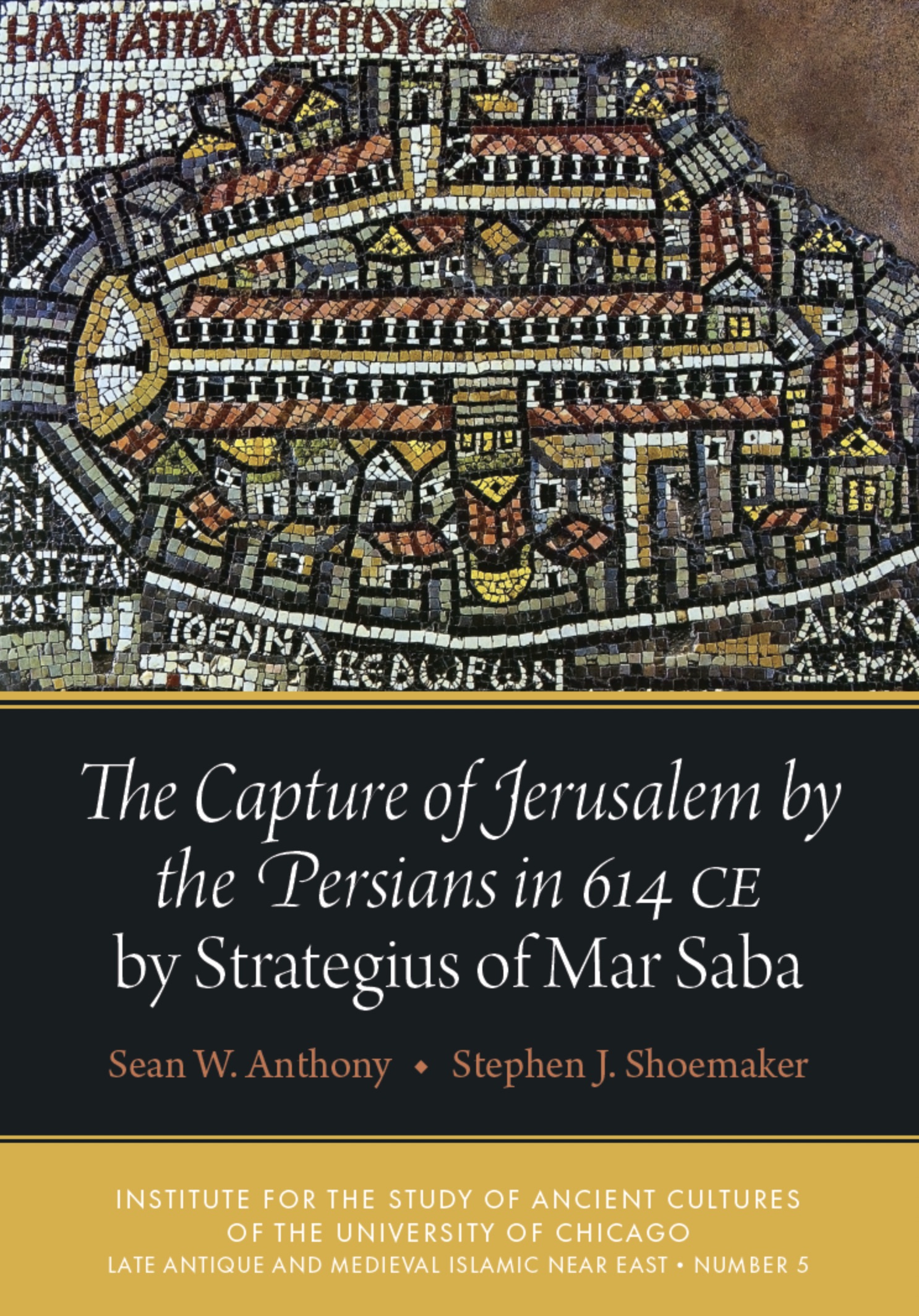
Sean W. Anthony and Stephen J. Shoemaker, eds. and trans. The Capture of Jerusalem by the Persians in 614 CE by Strategius of Mar Saba. 2024
Institute for the Study of Ancient Cultures
In 614 CE, the armies of Sasanid Persia shocked the Eastern Roman Empire when they besieged and captured Jerusalem, taking a large swath of its population into captivity along with the city’s patriarch and the famed relic of the True Cross. This astounding Persian victory over Christian Jerusalem was a key episode in the last war between Rome and Persia in 602–628 CE and occurred at the high tide of Persian advances into the Roman territories in Asia Minor, the Levant, and Egypt. Among those taken captive was a certain Strategius, a monk of Mar Saba, who subsequently took it upon himself to compose a homily recounting the events leading up to the Persian siege of the Holy City and its aftermath.
Strategius presents his pious and harrowing account as that of an eyewitness to many of the events he recounts. For events he did not himself witness, he purports to rely on contemporary informants who did, making his treatise a source with few parallels in late antiquity. Although Strategius’s original account in Greek is lost, it survives via later translations into Georgian and Christian Arabic, two languages that attained prominence in the monasteries of Palestine during the Islamic period. This volume provides, for the first time, complete side-by-side English translations of the Georgian and Arabic recensions.

Obbie Tyler Todd. The Beechers: America’s Most Influential Family. 2024
The Reverend Lyman Beecher was once called “the father of more brains than any other man in America.” Among his eleven living children were a celebrity novelist, a college president, the most well-known preacher in America, a suffragist, a radical abolitionist, a pioneer in women’s education, and the founder of home economics. Rejecting many of their father’s Puritan beliefs, the deeply religious Beechers nevertheless embraced his quest to exert moral influence. They disagreed over issues of slavery, women’s rights, and religion and found themselves at the center of race riots, denominational splits, college protests, a civil war, and one of the most public sex scandals in American history. They were nonetheless unified in their “Beecherism”―a phrase used to describe their sense of self-importance in reforming the nation.
Obbie Tyler Todd’s masterful work is the first biography of the Beechers in more than forty years and the first chronological portrait of one of the most influential families in nineteenth-century America.
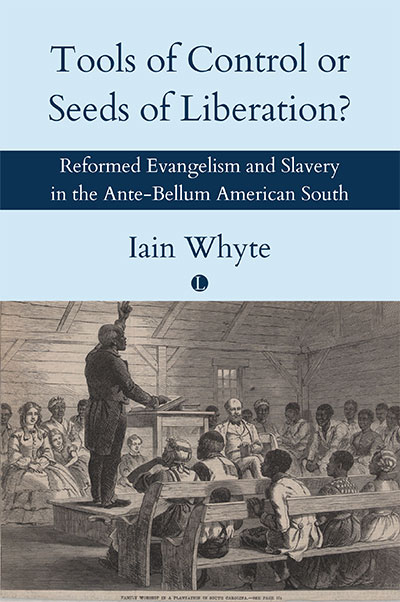
Iain White. Tools of Control or Seeds of Liberation? Reformed Evangelism and Slavery in the Ante-Bellum American South. 2024
Examining the history of slavery in the American South, it is impossible to separate the interpretations of Christianity from the arguments and counter-arguments surrounding liberation. In Tools of Control or Seeds of Liberation, Iain Whyte considers how this intertwining of ideologies impacted enslaved people and their relationship to religion. Tracing the legacy of the reformed tradition from its enthusiasm for ‘instruction for all’, to the weakening of views on injustice by slave-holding Christians, Whyte explores in detail the dilemmas, compromises, and self-interest of many Reformed Christians. He considers the essential incompatibility of faith in Jesus with the support of slavery, and how the movement for abolition in the mid-eighteenth century focussed Christians on this question.
In the second half of this book, Whyte concentrates on the voices of enslaved people, recording first-hand experiences of religion and its connection to slavery, exploring how remarkable women such as Harriet Tubman and Sojourner Truth liberated themselves, and returning to Scotland with Frederick Douglass to consider the Scottish protestant reaction. Whyte’s detailed study considers the intertwining of religion and slavery from every angle, and ultimately explores how Christianity could provide the seeds of liberation.
Patrick Hayden-Roy. The Luther Myth: The Image of Martin Luther from Religious Reformer to Völkisch Icon. 2024
In the period from the close of the Napoleonic Wars up through the immediate post-World-War II era the image of Martin Luther was transposed in Germany from a religious reformer and advocate of freedom to a symbol of völkisch nationalist identity, such that with the seizure of power by the Nazis, Luther was used to portray a symbiosis between the new regime and the tradition of Protestant religiosity. The Luther Myth traces the evolution of this image within the environment of nineteenth- and twentieth-century German nationalist sentiment, looking particularly at how Protestant Germans styled Luther to affirm the essentialist racial identity politics of the Nazis, the cult of authoritarian leadership around Adolf Hitler, the drive to impose state control over all competing sources of authority, and the victimizing of German Jews. In doing so, it sheds new light on why Nazism was able to co-opt German Protestantism as a source for legitimizing its seizure of power despite the fact that the animating core of Nazi ideology was radically subversive in relation to traditional Christian piety.
Using evidence drawn from not only theological works and literary and philosophical sources, but also speeches, theatrical works, public celebrations, and monuments, it pulls together the narrative of development and connects it over the longer term, offering an original contribution to scholarship on the topic and allowing readers a format for considering how similar dynamics are still at work in contemporary society and culture.
D. Jeffrey Bingham. The Tyranny of Time? Time, World, and Knowledge in Second-Century Christian and Christian-Gnostic Texts. 2025
In a day fascinated with questions of historiography and with explicating a distinctive Christian philosophy of time and history, Henri-Charles Puech’s (1950s) work on Gnosis and time found an audience. Studying four second-century texts he marked as Gnostic, he argued for the Gnostic, anti-cosmic, anti-historical pessimism about existence within the tyrannical temporal world of bondage and error. Bliss and truth were otherworldly and atemporal. This book reassesses Puech’s argument by analysis of the writings undergirding his sample and a wide array of second-century Christian and Gnostic-Christian texts that display not the Gnostic view, as if there were one, but a broader second-century theological discussion regarding time, world and knowledge manifesting a spectrum of perspectives. A review of past and present scholarly discourse that evoked discussions of Gnosticism and anti-cosmism, and informed Puech’s thesis begins the volume along with study of his own thesis. A discussion of the academy’s reception of Puech then follows. The close reading of early pertinent texts forms the heart of the work arguing for eight discernible models of history, time, and world that arose within the second-century intellectual debate.

Linnéa Rowlatt. Weathering the Reformation: Climate and Religion in Early Sixteenth-Century Strasbourg. 2024
Weathering the Reformation explores the role of the Little Ice Age in early modern Christian culture and considers climate as a contributing factor in the Protestant Reform. The book focuses on religious narratives from Strasbourg between 1509 and 1541, pivotal years during which the European cultural concept of nature splintered along confessional differences. Together with case studies from antagonistic religious communities, Linnéa Rowlatt draws on annual weather reports for a period during which the climate became less hospitable to human endeavours. Social uunrest and the cultural upheaval of Reform are examined in relation to deteriorating climactic conditions characteristic of the Spörer Minimum. This book will be of particular interest to scholars of religious history and climate history.
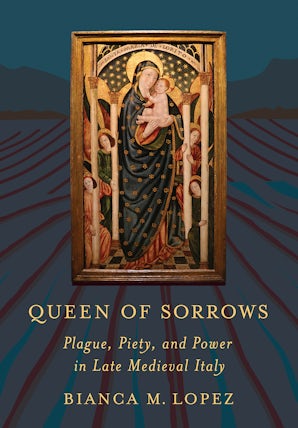
Bianca M. Lopez. Queen of Sorrows: Plague, Piety, and Power in Late Medieval Italy. 2024
Queen of Sorrows takes an original approach to both late-medieval Italian history and the history of Christianity, using quantitative and qualitative analyses of a remarkable archive of 1,904 testaments to determine patterns in giving to the Virgin of Loreto shrine in the late fourteenth and early fifteenth centuries. Bianca M. Lopez argues that in central Italy, as elsewhere, the cult of the Virgin Mary gained new prominence at this time of unprecedented mortality. Individuals gave to Santa Maria di Loreto, which houses the structure in which Mary is believed to have lived, as an expression of their grief in the hope of strengthening family lineages beyond death and to care for loved ones believed to be languishing in purgatory.
Lopez establishes statistical correlations between different social groups and their donations to Loreto over time, uncovering informative new historical patterns such as the prominence of widow and migrant donors in the notarial record. The testaments also provide a social history of Recanati, revealing how its denizens venerated Mary as a saint with unrivaled spiritual power and uniquely sympathetic to grief, having lost her own son, Jesus. In the fourteenth century, plague survivors transformed their anguish into Marian devotion. The devastation of the plague brought the Virgin out of noble courts and monasteries and onto city streets. As Queen of Sorrows details, however, the popularity and growing wealth of Loreto's Marian shrine attracted the attention of the papacy and peninsular seigneurial lords, who eventually brought Santa Maria di Loreto under the control of the Church.
Judith M. Lieu. Explorations in the Second Christian Century: Texts, Groups, Ideas, Voices. 2024
As allegiance to Jesus Christ spread across the Roman Empire in the second century, writings, practices, and ideas erupted in a creative maelstrom. Many of the patterns of practice and belief that later become normative emerged, in the midst of debate and argument with neighbours who shared or who rejected that allegiance. Authoritative texts, principles of argument, attitudes to received authority, the demands of allegiance in the face of opposition, identifying who belonged and who did not, all demanded attention. These essays explore those divergent voices, and the no-less diverse and lively debates they have inspired in recent scholarship.
Klaus Koschorke. A Short History of Christianity beyond the West: Asia, Africa, and Latin America 1450-2000. 2024
Today, the majority of the world's Christian population lives in the Global South. Knowledge of their history is therefore indispensable. This textbook offers a compact and vivid overview of the history of Christianity in Asia, Africa and Latin America since 1450, focussing on diversity and interdependence, local actors and global effects. Maps, illustrations and numerous photos as well as continuous references to easily accessible source texts support the reader's own reading and its use in various forms of academic teaching.
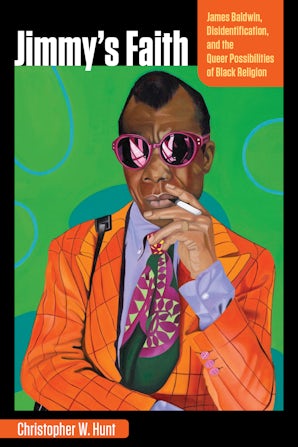
Christopher W. Hunt. Jimmy’s Faith: James Baldwin, Disidentification, and the Queer Possibilities of Black Religion. 2025
The relationship of James Baldwin’s life and work to Black religion is in many ways complex and confounding. What is he doing through his literary deployment of religious language and symbols?
Despite Baldwin’s disavowal of Christianity in his youth, he continued to engage the symbols and theology of Christianity in works such as The Amen Corner, Just Above My Head, and others. With Jimmy’s Faith, author Christopher W. Hunt shows how Baldwin’s usage of those religious symbols both shifted their meaning and served as a way for him to build his own religious and spiritual vision. Engaging José Esteban Muñoz’s theory of disidentification as a queer practice of imagination and survival, Hunt demonstrates the ways in which James Baldwin disidentifies with and queers Black Christian language and theology throughout his literary corpus.
Baldwin’s vision is one in which queer sexuality signifies the depth of love’s transforming possibilities, the arts serve as the (religious) medium of knitting Black community together, an agnostic and affective mysticism undermines Christian theological discourse, “androgyny” troubles the gender binary, and the Black child signifies the hope for a world made new. In disidentifying with Christian symbols, Jimmy’s Faith reveals how Baldwin imagines both religion and the world “otherwise,” offering a model of how we might do the same for our own communities and ourselves.
Finally, for staying up-to-date on the latest titles in all fields, we recommend regularly perusing New Books Network and its "New Books in Christian Studies” page. These pages are updated regularly.
